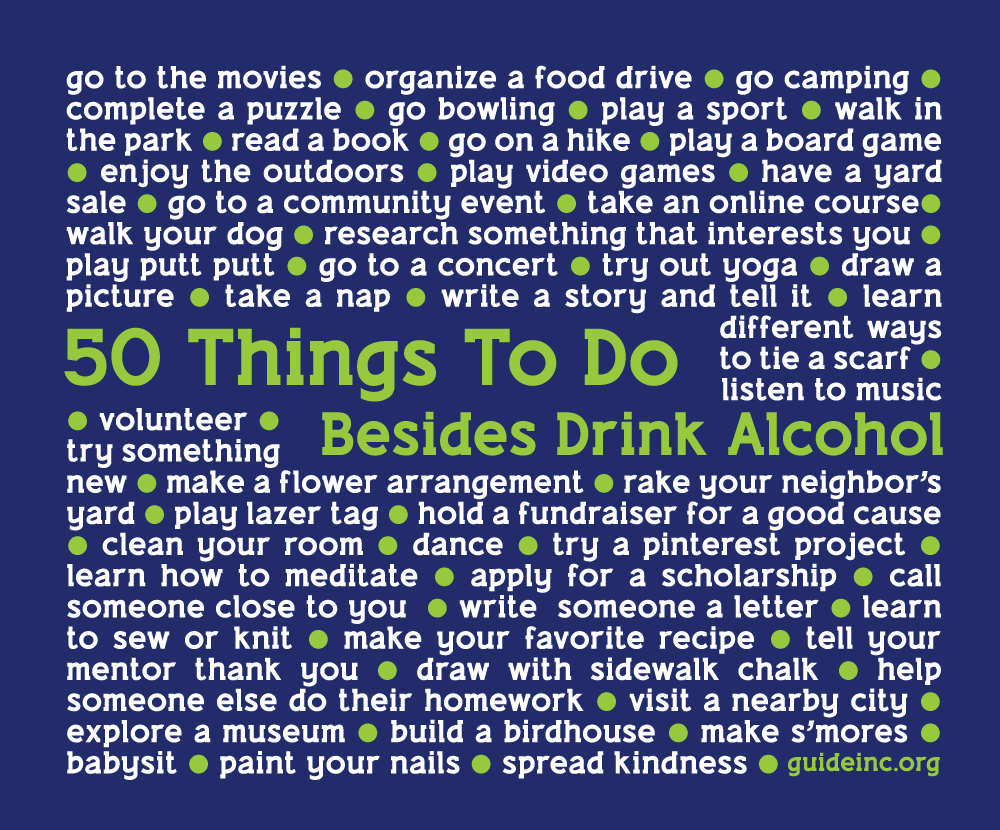While many teens and young adults perceive drinking alcohol to be the norm, it’s important for our youth to hear the message that MOST teens actually choose NOT to drink.
Unfortunately, even though most youth don’t drink alcohol, it is still “the most commonly used and abused drug among youth in the United States, more than tobacco and [all] illicit drugs, and is responsible for more than 4,300 annual deaths among underage youth,” according to the Centers for Disease Control and Prevention.
Teens who drink alcohol usually do it to get drunk. Binge drinking, which is having five or more drinks in one sitting for males and four for females, accounts for 90% of alcohol consumed by youth under 21.
Research also shows that teens who drink alcohol are more likely to engage in other risky behaviors such as driving while drunk or riding in a car with an impaired driver.
Michael Nerney, an internationally known lecturer with decades of experience in substance abuse prevention, research and education, studies adolescents’ brains and knows that 13-23 year olds currently demonstrate the highest levels of stress. Also, starting at age 13, new sites develop in the brain that reward risk-taking behaviors. To deal with all of the stress, some youth choose to drink alcohol because they aren’t thinking about the potential consequences; the part of the brain that is responsible for thinking, reasoning, good judgment, decision making and impulse control is not yet fully developed.
One way to help reduce and prevent underage drinking is to encourage youth to get involved in extracurricular or alternative activities outside of the school day. This strategy is most effective when it is part of a comprehensive prevention plan and incorporates skill-building opportunities, supervision by positive adult role models, activities that promote healthy risk-taking and youth leadership in the planning and implementation of activities. This type of involvement has been associated with decreased participation in risky behaviors such as alcohol and drug use, better development of life skills, greater communication skills, fewer psychosocial problems, increased academic achievement and more.
Here are 50 ideas to get teens engaged – whether it’s for a single activity, a larger program or a launching point for an entire prevention strategy!

